Revolutionizing Coastal Development: Coastal Management Strategies

Rendergeek
March 25th, 2024
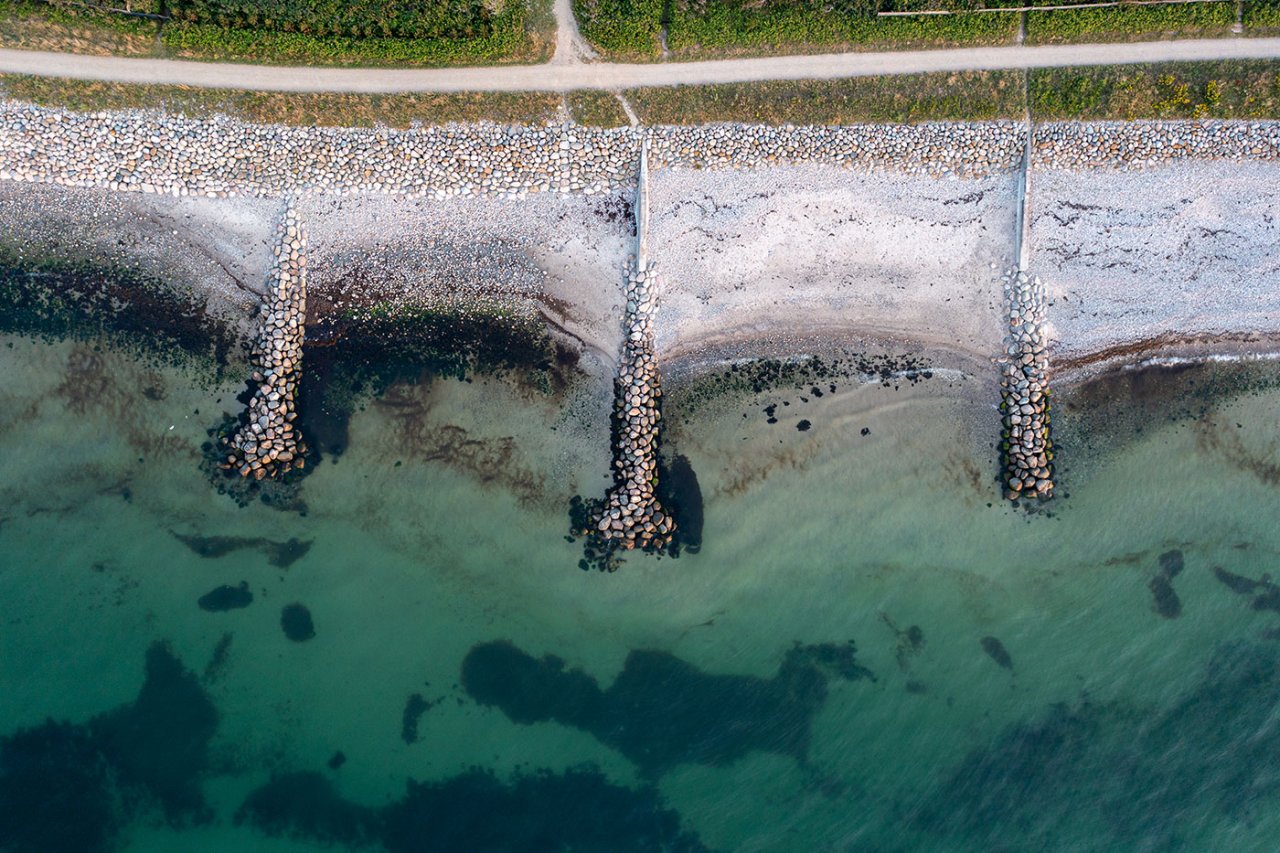
Today we are talking about a matter where innovation meets necessity, and where the future of coastal management strategies is brought to light through the lens of architectural rendering. As we set sail on this exploration, we delve into the dynamic realm where human ingenuity and natural processes intersect, shaping the landscapes of our coastal towns. From rising sea levels and reducing erosion to the delicate balance of economic development and environmental conservation, the challenges facing coastal areas are vast and complex.
In this article, we illuminate the transformative role of architectural rendering in navigating these challenges. By visualizing solutions, integrating natural processes, and fortifying coastal resilience, architectural rendering emerges as a powerful tool for coastal management strategies. Join us as we uncover the ways in which architectural rendering empowers decision-making, inspires change, and shapes sustainable futures for coastal zones worldwide.
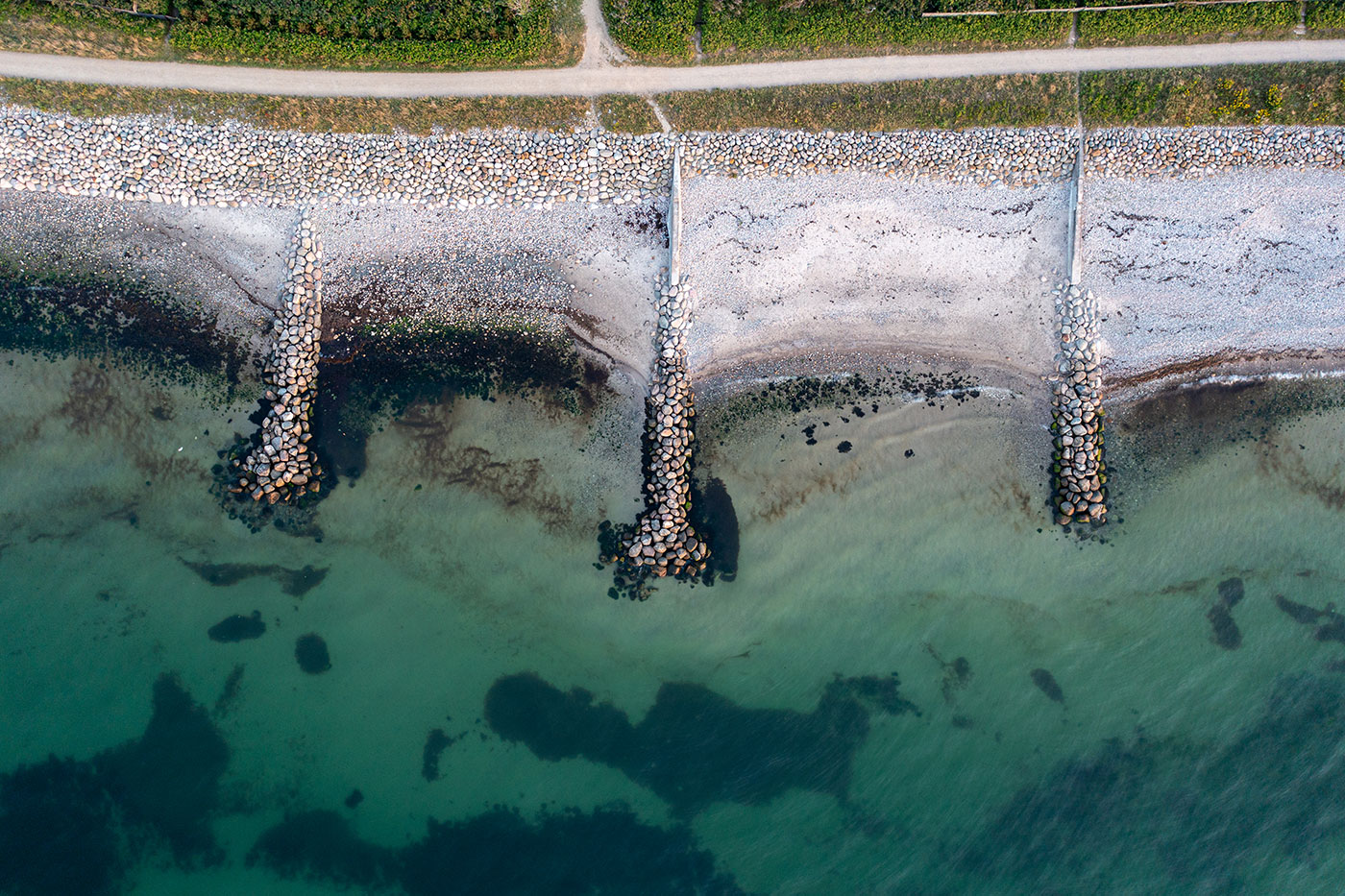 Image by olli0815, iStock
Image by olli0815, iStock
Coastal Dynamics: Architectural Rendering in Management Strategies
In the ever-shifting landscape of coastal dynamics, architectural rendering emerges as a beacon of innovation, guiding the way forward for effective management strategies. As we delve into the intricate web of coastal challenges, the transformative power of architectural rendering becomes apparent, offering invaluable insights and solutions to safeguard our coastal environments.
Visualizing Solutions: How Architectural Rendering Shapes Coastal Management Strategies
Architectural rendering offers a unique vantage point, allowing stakeholders to envision and explore a myriad of solutions to complex coastal challenges. By translating abstract concepts into vivid, lifelike representations, rendering techniques provide decision-makers with invaluable insights into potential outcomes, facilitating informed decision-making and fostering consensus among diverse stakeholders.
Through advanced visualization technologies, such as 3D modeling and virtual reality simulations, architectural rendering brings coastal management strategies to life in unprecedented detail. Stakeholders can immerse themselves in virtual environments, gaining a deeper understanding of proposed interventions and their potential impacts on coastal ecosystems and communities.
Moreover, architectural rendering enables iterative design processes, empowering stakeholders to refine and optimize management strategies based on real-time feedback and evolving priorities. This iterative approach fosters innovation and adaptability, ensuring that coastal management strategies remain effective and responsive to changing environmental conditions and stakeholder needs.
Balancing Act: Addressing Coastal Challenges with Innovative Rendering Techniques
In the complex and dynamic world of coastal management, achieving a delicate balance between competing priorities is paramount. Architectural rendering plays a pivotal role in this balancing act, offering a powerful tool for visualizing and evaluating trade-offs between economic development, environmental conservation, and social equity.
By harnessing the capabilities of architectural rendering, decision-makers can explore a diverse range of management strategies, from nature-based solutions like beach nourishment and dune restoration to hard engineering approaches such as artificial structures such as seawalls and groynes. Through detailed visualizations and simulations, stakeholders can assess the effectiveness and feasibility of these strategies in mitigating coastal erosion, protecting coastal infrastructure, and preserving natural habitats.
Furthermore, architectural rendering facilitates communication and stakeholder engagement, enabling meaningful dialogue and collaboration among policymakers, scientists, community members, and industry stakeholders. By fostering a shared understanding of coastal challenges and potential solutions, rendering techniques pave the way for consensus-building and collective action towards sustainable coastal management.
In essence, architectural rendering serves as a catalyst for innovation and collaboration in coastal management, empowering stakeholders to envision a resilient and prosperous future for coastal communities and ecosystems alike.
Harnessing Nature's Wisdom: Integrating Natural Processes with Architectural Rendering
In the complex dance of coastal dynamics, there's an inherent wisdom in nature's rhythms, offering invaluable insights for sustainable management strategies. Architectural rendering serves as a bridge between human innovation and the intricacies of coastal ecosystems, facilitating a harmonious integration of the two realms.
Harmony with Nature: Architectural Rendering's Role in Natural Coastal Processes
Architectural rendering is not just about creating visually stunning designs; it's also about harnessing nature's wisdom to inform coastal management strategies. By integrating natural processes into rendering techniques, architects and planners can develop more sustainable and resilient solutions for coastal environments.
Understanding Natural Processes
Architectural rendering provides a powerful tool for visualizing the intricate dynamics of natural processes along coastlines. From the movement of sand dunes to the formation of tidal channels, rendering techniques can simulate these processes with remarkable accuracy. By understanding how natural systems function, architects and planners can design interventions that work in harmony with the environment rather than against it.
Simulating Coastal Dynamics
One of the key benefits of architectural rendering is its ability to simulate coastal dynamics over time. By modeling factors such as erosion, sediment transport, and sea level rise, planners can anticipate how coastal landscapes will change in response to natural forces. This foresight allows them to design infrastructure and development projects that are resilient to future challenges, minimizing the need for costly retrofits or adaptations down the line.
Enhancing Stakeholder Engagement
Architectural rendering also plays a crucial role in engaging stakeholders in the coastal management process. By creating immersive visualizations of proposed projects, planners can effectively communicate the potential impacts and benefits to local communities, businesses, and policymakers. This transparency fosters greater buy-in and collaboration, leading to more successful and sustainable outcomes for coastal environments.
Preserving Coastal Integrity: Visualizing Strategies Aligned with Natural Coastal Dynamics
Architectural rendering offers a unique perspective on coastal management strategies, allowing planners to develop solutions that preserve the integrity of coastal environments while meeting the needs of human populations.
Adapting to Changing Conditions
Coastal environments are dynamic and ever-changing, requiring flexible and adaptive management strategies. Architectural rendering enables planners to visualize how coastal landscapes may evolve in response to climate change, sea level rise, and other environmental stressors. This foresight allows them to design interventions that are responsive to changing conditions, ensuring long-term sustainability and resilience.
Protecting Vulnerable Ecosystems
One of the primary goals of coastal management is to protect vulnerable ecosystems such as mangrove forests, salt marshes, and coral reefs. Architectural rendering can help identify areas of ecological importance and design strategies to minimize impacts from development and human activities. By visualizing the potential effects of proposed projects on sensitive habitats, planners can mitigate risks and prioritize conservation efforts.
Promoting Sustainable Development
Ultimately, architectural rendering supports the principles of sustainable development by balancing the needs of people with the preservation of natural resources. By visualizing how development projects can coexist with coastal ecosystems, planners can identify opportunities for green infrastructure, habitat restoration, and ecosystem-based management. of natural process This holistic approach ensures that coastal environments remain healthy and vibrant for future generations to enjoy.
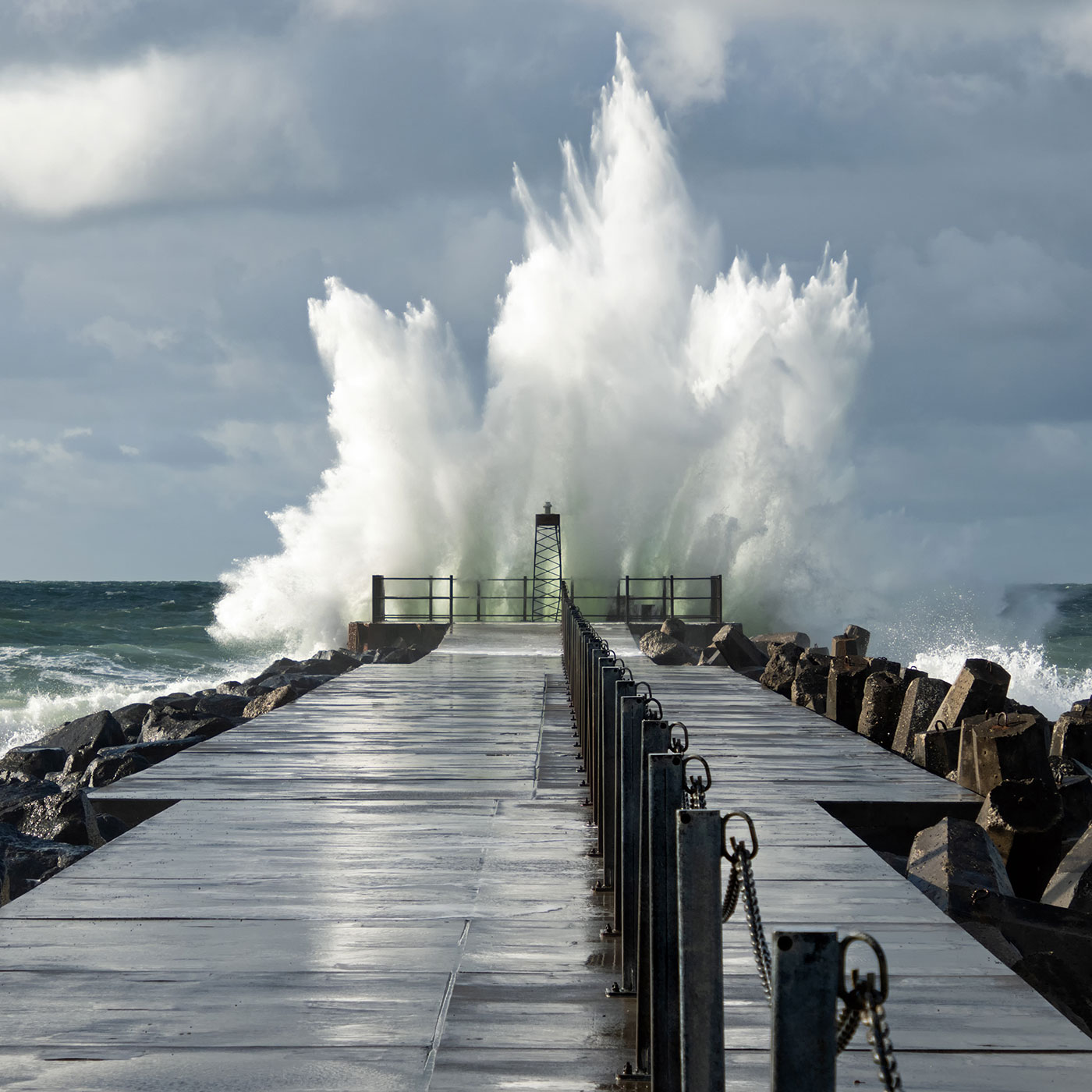 Image by kama71, iStock
Image by kama71, iStock
Fortifying Coastal Resilience: Architectural Rendering for Management Strategies
Architectural rendering serves as a powerful tool for fortifying coastal resilience, allowing planners to develop and visualize strategies that protect communities and ecosystems from the impacts of coastal hazards.
Strengthening Defenses: Enhancing Coastal Management Strategies through Rendering
Coastal structures such as sea walls, groins, and breakwaters play a critical role in protecting shorelines from coastal erosion and flooding. Architectural rendering allows planners to optimize the design and placement of these structures to maximize their effectiveness while minimizing costs and environmental impacts. By simulating different scenarios and testing various sea wall configurations, planners can identify the most suitable options for each unique coastal environment.
In addition to traditional hard defenses, architectural rendering also enables planners to explore innovative nature-based solutions for coastal protection. From living shorelines to restored wetlands, these natural defenses provide beach access and numerous benefits, including habitat creation, water filtration, and recreational opportunities. By visualizing the potential outcomes of these projects, planners can make informed decisions about their implementation and ensure they align with broader conservation goals, which can avoid further erosion and shoreline stabilization can be achieved.
Protecting Shorelines: Visualizing Solutions for Effective Coastal Protection
Coastal areas are under increasing threat from a range of hazards, including soil erosion, storm surges, coastal flooding, and sea level rise. Architectural rendering allows planners to assess vulnerabilities along shorelines and develop targeted strategies to protect against these hazards. By visualizing the potential impacts of different scenarios, planners can prioritize actions and allocate resources where they are most needed.
One of the key benefits of architectural rendering is its ability to inform the design of coastal defenses. From traditional structures like sea walls and revetments to innovative solutions like living shorelines and sand dune restoration, rendering techniques allow planners to explore a range of options and identify the most effective solutions for each unique coastal environment. By simulating different designs and scenarios, planners can make informed decisions about how best to protect shorelines while minimizing impacts on the surrounding environment. It's also worth mentioning that this also protects the natural beauty of the area.
Harnessing Soft Engineering: Architectural Rendering for Coastal Resilience
In the realm of coastal management, the concept of soft engineering stands as a beacon of hope, offering innovative solutions that work in harmony with nature to fortify our coastlines against the onslaught of natural forces. Unlike their rigid counterparts of hard engineering strategies, soft engineering strategies harness the wisdom of natural processes to bolster coastal resilience, ensuring that our shores remain steadfast in the face of rising tides and unpredictable weather patterns.
Simulating Natural Solutions
Architectural rendering empowers planners to simulate and visualize the implementation of soft engineering strategies, which mimic natural processes to enhance coastal resilience. Soft engineering approaches, such as beach nourishment, dune restoration, and marsh creation, rely on natural materials and processes to absorb and reduce wave energy alone, reduce erosion, and mitigate flooding. By employing architectural rendering, planners can model the potential impacts of these strategies on coastal dynamics, allowing for informed decision-making and effective implementation.
Optimizing Design and Placement
One of the key advantages of using architectural rendering for soft engineering strategies is the ability to optimize the design and placement of these interventions. By creating detailed visualizations of proposed projects, planners can assess how different designs and configurations will interact with existing coastal features and ecosystems. For example, rendering techniques can simulate the growth of vegetation on restored dunes or the expansion of salt marshes over time, providing insights into how these habitats will evolve and function in response to changing environmental conditions.
Balancing Environmental and Societal Needs
Soft engineering strategies offer numerous benefits for coastal communities and ecosystems, but their success depends on careful planning and implementation. Architectural rendering allows planners to balance environmental conservation with societal needs, ensuring that interventions are ecologically sound and socially acceptable. By visualizing the potential impacts of soft engineering projects on habitats, wildlife, and human activities, planners can identify trade-offs and develop strategies that maximize benefits for both people and nature.
Enhancing Coastal Resilience
Central to the success of soft engineering strategies is their ability to enhance the myriad ecosystem services provided by coastal habitats. From the protective embrace of salt marshes to the intricate web of life supported by mangrove forests, these natural systems play a crucial role in buffering our coastlines against the ravages of storm surges, preventing erosion, and sea-level rise. Through the visualization capabilities of architectural rendering, we gain a deeper understanding of the interconnectedness of these ecosystems and the vital services they provide, from carbon sequestration to recreational value.
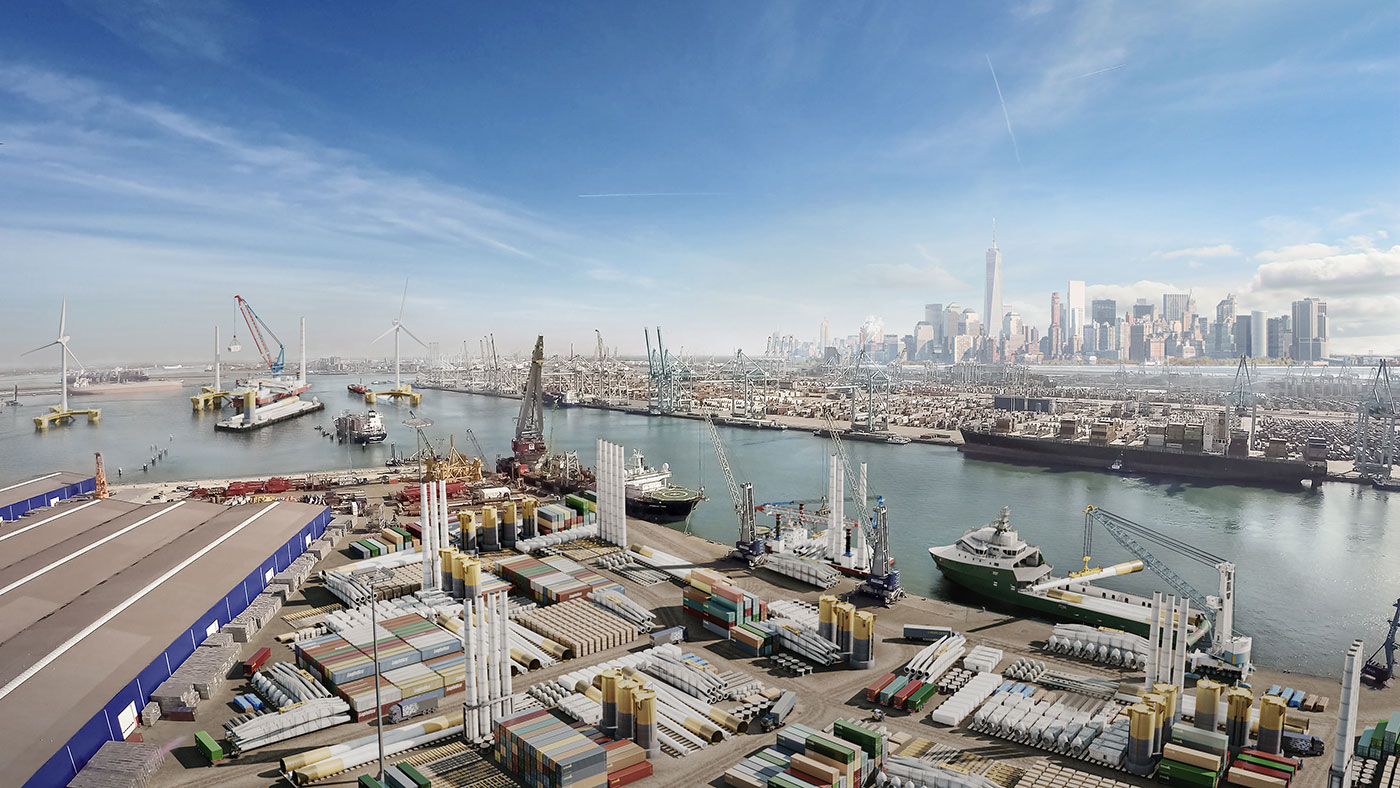 Created by RenderGeek
Created by RenderGeek
Guiding Coastal Communities: Architectural Rendering in Management Strategies
In the dynamic realm of coastal management, architectural rendering emerges as a guiding light, illuminating pathways towards sustainable futures for coastal communities. Through its visual prowess, architectural rendering empowers decision-making processes, enabling stakeholders to envision and evaluate the efficacy of various management strategies.
Empowering Decision-Making: Architectural Rendering's Influence on Coastal Management
Architectural rendering plays a pivotal role in empowering decision-making processes within coastal management. By providing vivid visualizations of proposed projects and solutions, rendering technology equips stakeholders with the clarity and insight needed to make informed decisions. These realistic representations enable coastal managers, policymakers, and community members to visualize the potential outcomes of various strategies, fostering a deeper understanding of complex coastal dynamics and the implications of management decisions.
Creating Sustainable Futures: Visualizing Strategies for Coastal Communities
In coastal communities, the pursuit of sustainability is paramount for ensuring long-term prosperity and resilience. Architectural rendering serves as a powerful tool for visualizing strategies that promote sustainability and enhance the well-being of coastal residents. By creating lifelike renderings of sustainable infrastructure, green spaces, and resilient coastal developments, rendering technology enables communities to envision a future that balances economic growth with environmental stewardship. These visualizations empower stakeholders to collaborate effectively, explore innovative solutions, and chart a course toward a more sustainable and prosperous future for coastal communities.
Engineering Excellence: Architectural Rendering and Coastal Management
Through the lens of rendering technology, coastal engineers can explore innovative solutions, evaluate design alternatives, and anticipate the long-term impacts of proposed interventions with unprecedented clarity and precision.
Innovative Approaches: Architectural Rendering's Impact on Coastal Engineering Strategies
Architectural rendering serves as a catalyst for innovation in coastal engineering strategies, profoundly influencing the way engineers conceptualize, design, and execute projects in dynamic coastal environments. By leveraging the advanced capabilities of rendering technology, engineers can explore novel approaches that push the boundaries of traditional coastal engineering, leading to the development of more resilient, sustainable, and cost-effective solutions.
One of the primary ways architectural rendering impacts coastal engineering is by facilitating the exploration of alternative design concepts. Through sophisticated rendering software, engineers can create detailed 3D models of coastal landscapes, allowing them to visualize and analyze various design iterations in a virtual environment. This enables engineers to experiment with different configurations, materials, and structural systems, evaluating their performance under different scenarios and conditions.
Moreover, architectural rendering enables engineers to simulate the dynamic behavior of coastal systems with unprecedented accuracy. By integrating data from sources such as satellite imagery, bathymetric surveys, and numerical models, rendering software can generate realistic simulations of wave action, tidal currents, and shoreline dynamics. This enables engineers to assess the potential impacts of proposed projects on coastal processes and ecosystems, identifying potential risks and optimizing design solutions accordingly.
Shaping Coastal Landscapes: Visualizing Solutions for Effective Coastal Management
One of the key ways in which architectural rendering contributes to shaping coastal landscapes is through the visualization of alternative management strategies. By creating detailed 3D models of coastal areas, rendering software allows planners and decision-makers to simulate the potential impacts of different management approaches, such as beach nourishment, dune restoration, and shoreline stabilization. This enables stakeholders to assess the feasibility, effectiveness, and potential trade-offs associated with each strategy, guiding informed decision-making and prioritization of resources.
Furthermore, architectural rendering facilitates the integration of stakeholder input and community engagement into the coastal management process. By generating realistic visualizations and virtual tours of proposed projects, rendering technology enables coastal managers to effectively communicate with residents, businesses, and other stakeholders, soliciting feedback, addressing concerns, and fostering a sense of ownership and buy-in for the proposed interventions. This participatory approach ensures that coastal management strategies reflect the needs, values, and aspirations of the communities they serve, enhancing their long-term success and sustainability.
In addition to supporting decision-making and stakeholder engagement, architectural rendering also plays a crucial role in monitoring and adaptive management of coastal landscapes. By continuously updating and refining 3D models based on real-time data and feedback from stakeholders, rendering technology allows coastal managers to dynamically adjust management strategies in response to changing environmental conditions, evolving community needs, and emerging threats such as sea level rise and coastal erosion. This iterative approach enables coastal landscapes to adapt and thrive in the face of uncertainty and change, ensuring their long-term viability and resilience.
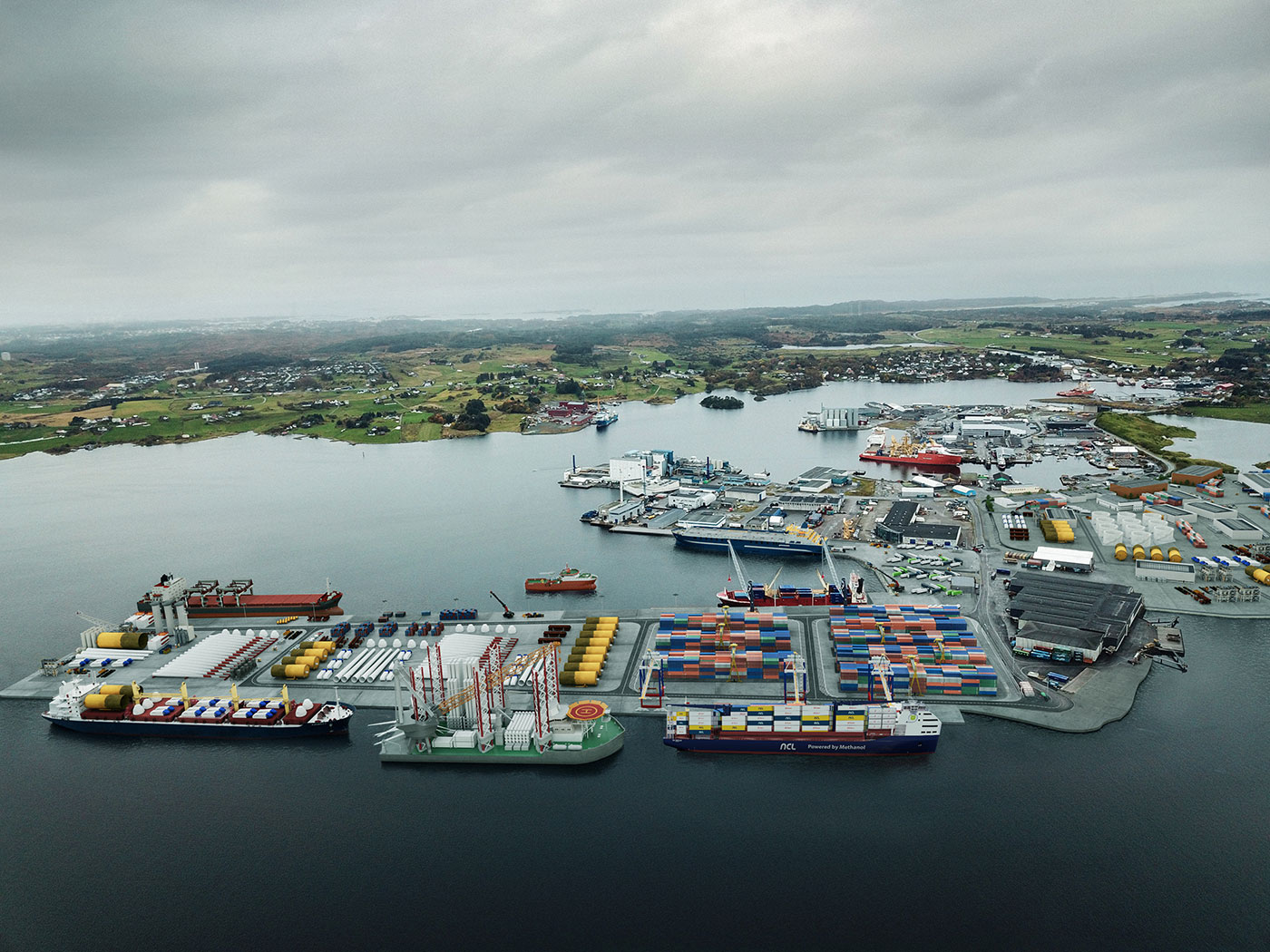 Created by RenderGeek
Created by RenderGeek
Integrated Coastal Zone Management: Balancing Preservation and Development
Integrated Coastal Zone Management (ICZM) stands as a holistic approach to coastal management, emphasizing the interconnectedness of ecological, social, and economic systems within coastal areas. This multifaceted strategy of ongoing management seeks to balance the preservation of natural resources with the sustainable development of coastal communities, recognizing the intricate relationships between human activities and coastal ecosystems.
Harmonizing Stakeholder Interests: Collaborative Planning for Coastal Sustainability
One of the cornerstones of Integrated Coastal Zone Management is the engagement of diverse stakeholders in the decision-making process. By bringing together government agencies, local communities, environmental organizations, industry stakeholders, and scientific experts, ICZM fosters collaboration and consensus-building around shared coastal management goals. Through stakeholder workshops, public forums, and participatory planning processes, coastal managers can harness the collective wisdom and expertise of various stakeholders, ensuring that management strategies reflect the needs, values, and aspirations of the communities they serve.
Integrating Science and Policy: Data-Driven Decision-Making for Coastal Resilience
Another key aspect of Integrated Coastal Zone Management is the integration of scientific research and data-driven analysis into policy and planning processes. By leveraging cutting-edge technologies such as geographic information systems (GIS), remote sensing, and modeling tools, coastal managers can gain valuable insights into coastal dynamics, vulnerabilities, and risks. This scientific knowledge forms the foundation for evidence-based decision-making, enabling policymakers to identify priority areas for conservation, assess the potential impacts of development activities, and design resilient infrastructure that can withstand the challenges posed by climate change, sea level rise, and extreme weather events. By bridging the gap between science and policy, ICZM promotes adaptive management approaches that respond effectively to changing environmental conditions and emerging threats, ensuring the long-term sustainability and resilience of coastal ecosystems and communities.
Embracing the Future: Architectural Rendering for Sustainable Coastal Management
Our coastal management approach needs to include sustainability and environmental friendliness in today's world. Managing coastlines isn't the same as it was 30-40 years ago, and now is the time to realize that.
Visualizing Tomorrow: Architectural Rendering's Role in Creating Sustainable Coastal Environments
In today's rapidly changing world, coastal areas face unprecedented challenges from climate change, sea level rise, and increasing human activities. As we strive to build a more sustainable future, the role of architectural rendering in shaping coastal management strategies has never been more crucial. By harnessing the power of visualization, architectural rendering allows us to conceptualize and design innovative solutions that balance the needs of nature and society, ensuring the long-term health and resilience of our coastal environments.
Inspiring Change: Visualizing Solutions for Future Generations
At the heart of sustainable coastal management lies the commitment to safeguarding our natural environment for future generations. With architectural rendering, we have the ability to inspire change and foster a deeper connection to our coastal landscapes. By creating immersive visualizations that highlight the beauty and value of coastal ecosystems, we can mobilize communities, policymakers, and stakeholders to take action in preserving and restoring our natural heritage. From preventing erosion and protecting sensitive habitats to harnessing wave energy and promoting sustainable development practices, architectural rendering serves as a powerful tool for envisioning a future where coastal ecosystems thrive in harmony with human society.
Through innovative design concepts, data-driven analysis, and stakeholder engagement, architectural rendering enables us to explore and evaluate a diverse range of coastal management strategies. Whether it's designing green infrastructure to mitigate coastal erosion, implementing nature-based solutions to enhance wave energy absorption, or integrating natural processes into coastal development projects, architectural rendering empowers us to make informed decisions that prioritize the health and resilience of our coastal environments. As we embrace the future of sustainable coastal management, let us continue to harness the transformative potential of architectural rendering to create a brighter tomorrow for coastal communities and ecosystems alike.